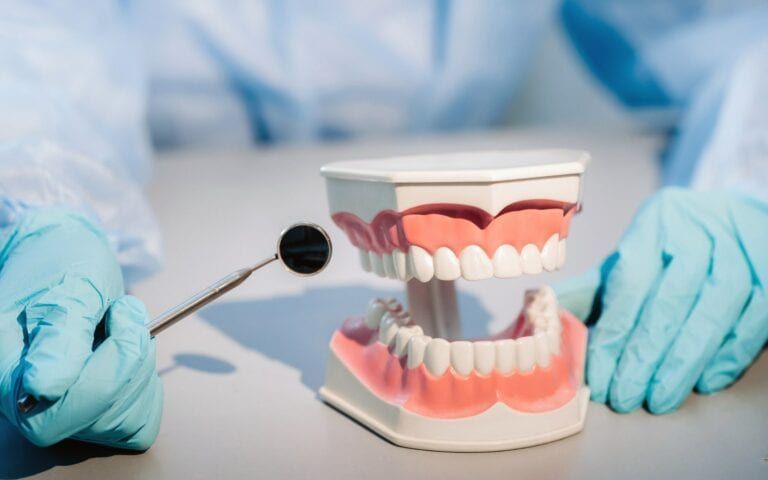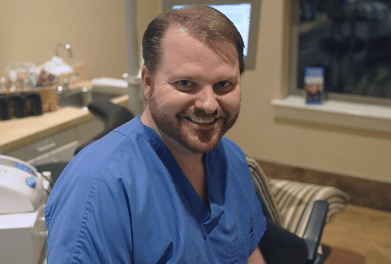Cavities are often the worse conundrum because, in order to save that tooth from further decay, they need to damage it, excavating the area surrounding the tooth to remove the bacteria and then fill the tooth with cement to prevent further damage. Drilling and patching is standard practice for treating cavities because the primary goal for treating these cavities is to eliminate the bacteria responsible for tooth decay in the first place. While this is our primary form of treatment, many researchers are attempting to work in better solutions for patients, especially for those who cannot afford treatment due to financial or medical reasons.
Why S.Mutans is The Main Culprit
For dentists, cavities are an ongoing battle because our current ways of treating cavities don’t necessarily mean that the bacteria is gone completely. In fact, much of the bacteria within our mouths is actually quite beneficial to our mouths – our mouths contain a vast microbiome of bacteria that help aid our bodies in digesting food and help keep our tissues alive and healthy. However, for many people, certain foods and habits, such as eating foods with too much sugar and not brushing your teeth, can often result in harmful strains developing along with the enamel and creating that plaque film that even your toothbrush cannot entirely remove.
The main culprit behind most cavities is the Streptococcus mutans strain. This strain provides no benefit to people whatsoever, and from what we know about this strain:
- The S.Mutans strain was initially described by J. Clarke in 1924, but it wasn’t until the 60s that laboratory studies reported that the bacteria strain was an agent in dental caries and cavities.
- The S.Mutans is often considered a highly harmful strain to the teeth because of its ability to survive under harsh environmental conditions.
- It has a significant ability to turn sucrose and carbohydrates into organic acids and plaque, making permanent home colonization of this strain when without treatment.
- Although this strain doesn’t act alone, it’s highly responsible for altering the internal environment and turning it into a highly acidic one, allowing other harmful species of bacteria to thrive.
Chemical Solutions For Eliminating Biofilm
If we were able to eliminate this strain, then practically almost all cavities would be eliminated. Unfortunately, that isn’t possible as of yet, because our current methods of eliminating this strain would also eliminate healthy strains of bacteria that aid the mouth in the digestion of food and the development of saliva. However, some studies have reported that unique chemical solutions could potentially reduce the biofilm produced by this strain by 40%.
While this brings out a positive outlook for dentists, these methods are still being researched. For the latest treatments for cavities, the most assured place to visit for treatment is at your dentist.

